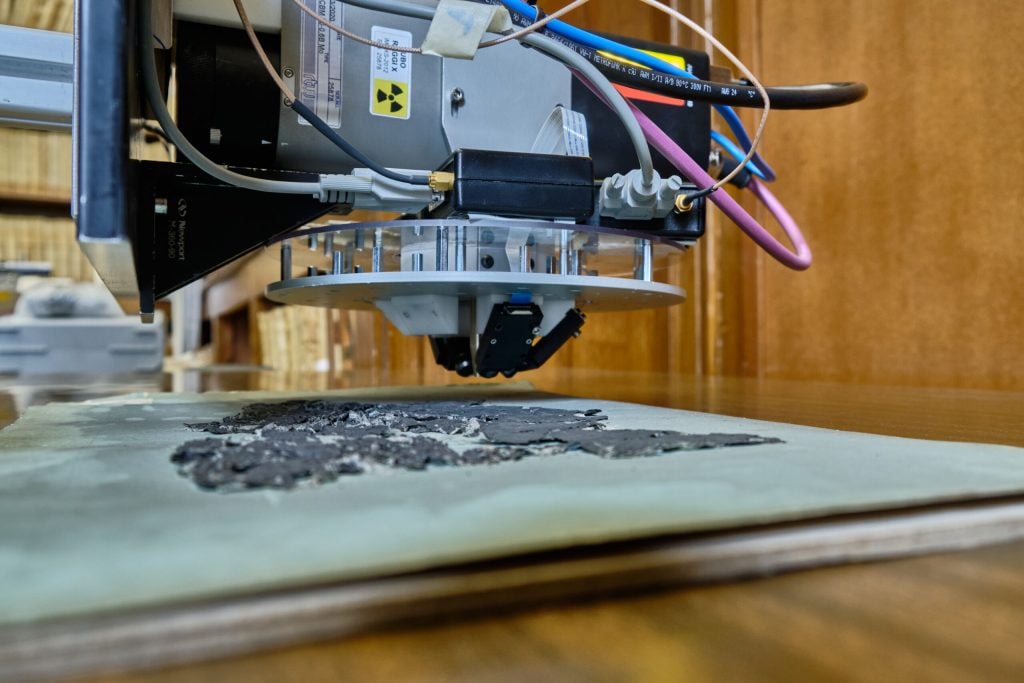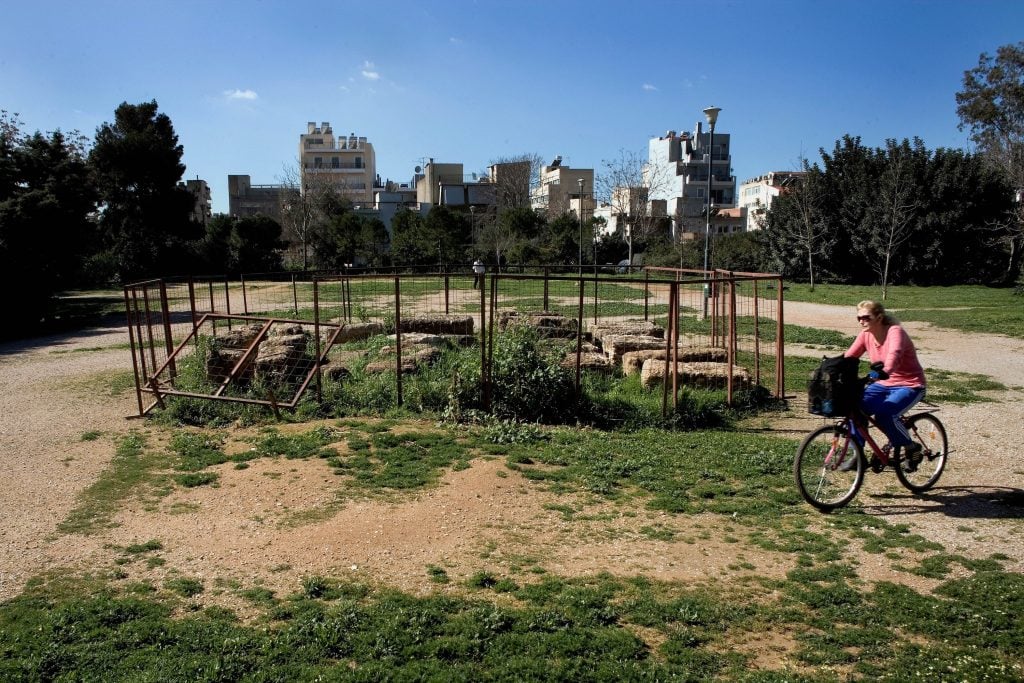Archaeology & History
Ancient Scrolls Reveal Plato’s Final Resting Place
Researchers also honed in on the year Plato was sold into slavery.

Italian researchers have identified the precise location of where the ancient Greek philosopher Plato was buried based off of fresh information gleaned from the Herculaneum papyri.
Previously, it was only known that Plato was laid to rest inside the Academy, the school he founded outside Athens’s city walls around 387 B.C.E. Now, academics have discovered that he was buried not in an area used as a necropolis, but rather in a garden near the Mouseion, a worship space sacred to the Muses.
The new information has been drawn from the oldest known history of Greek philosophy, Philodemus’s Review of the Philosophers—specifically the Epicurean philosopher’s detailing of Plato’s Academy and its development under his successors. The work builds off research in 2019 when the scroll was first analyzed using shortwave-infrared hyperspectral imaging.
The text is a tiny portion of the extensive library found at Herculaneum in the so-called Villa of the Papyri. Following the eruption of Mount Vesuvius in 79 C.E., the Villa and its contents were destroyed. The papyri, however, were carbonized and remain a tantalizing, though extremely delicate, body of ancient texts for scholars.
In fact, the sheer number of Epicurean texts among the Papyri, including duplicates, has led some to suggest portions of the library belonged to Philodemus.

The existing archaeology of Plato’s Academy in Athens, Greece. Photo: Milos Bicanski/Getty Images.
The team responsible is headed by Graziano Ranocchia, a papyrologist from the University of Pisa, who runs the Greek Schools project, which has received funding from the European Research Council for the purpose of scouring Review of the Philosophers (among other texts) and eventually publishing an updated version. To date, Ranocchia’s team have uncovered more than 1,000 words, roughly 30 percent of the text.
Ranocchia first announced the news on April 23 at the National Library in Naples in an event that presented the findings midway through the Greek Schools’ research project.
“Normally it takes 10 or 20 years to publish a papyrus scroll. Today, thanks to this project we are speeding up the time,” Ranocchia told the newspaper Corriere Fiorentino. “We use new technologies, imaging techniques, with or without x-rays, and linguistic methods.”
Another fact to have emerged from the Philodemus’s text is that Plato was most likely sold into slavery as early as 404 B.C.E., or possibly in 399 B.C.E., immediately following the death of his teacher Socrates. Previously, it was thought Plato was sold into slavery in 387 B.C.E., during his stay in Sicily at the court of Dionysius I of Syracuse.
Though Ranocchia has been leading a research team focused on the Herculaneum papyri since 2009, the area has recently received an uptick in attention courtesy of the Vesuvius Challenge, a machine learning and computer vision competition backed by Silicon Valley money with the goal of accelerating the deciphering of the 2,000-year-old texts.
Thousands of 3D x-ray images have been uploaded and digitally unwrapped, allowing people from across the world to attempt to uncover words and phrases. In February, three students received $700,000 for discovering the first passages of a text using artificial intelligence.





